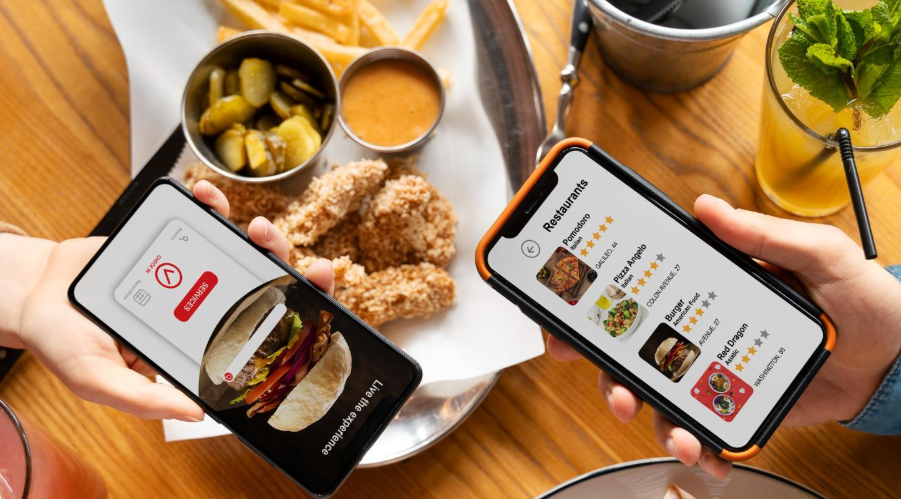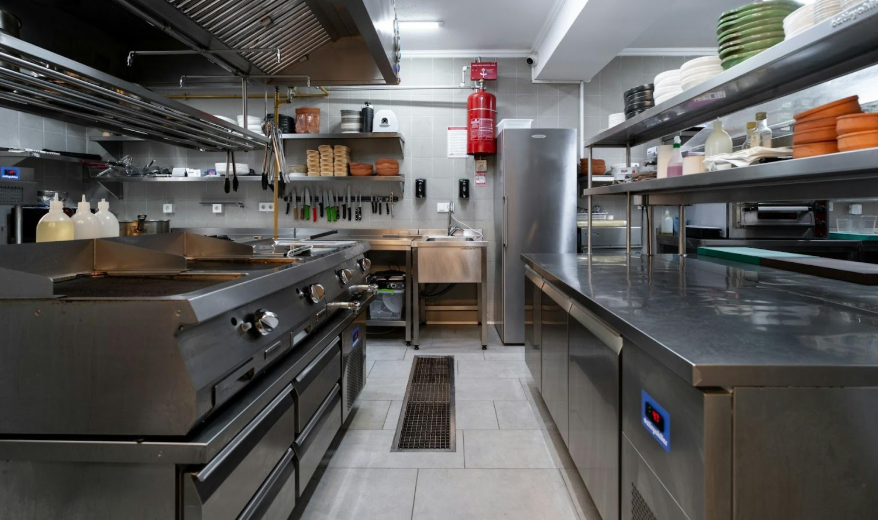Introduction A Ghost Kitchen and a Virtual Restaurant might sound like the same thing, but they work in different ways. Both are built for food delivery and don’t have a dining room, but how they operate behind the scenes is where the big differences show up. If we’re thinking about new ways to get our...
Introduction Restaurant marketing sounds simple, but when it comes to planning how much to spend, things can feel unclear. Every restaurant needs to reach customers, but not every place has the same needs, tools, or goals. That is why building the right restaurant marketing budget is about more than just picking a number. It takes...
Introduction Keeping a restaurant running smoothly takes teamwork, quick action, and tools that help everyone stay connected. When the dining room fills up and the orders start coming in fast, even a small delay can jam up the kitchen or slow service at the front. The right technology can make busy days much easier. Mobile...
Introduction A Ghost Kitchen can be a smart way to rethink how we use our space, especially if we’re ready to move away from dine-in service. More people are ordering meals online than ever, and that shift opens up new ways to run restaurants more efficiently. By turning our restaurant into a Ghost Kitchen, we...
Introduction Imagine a kitchen without the need for a dining area, a place focused solely on making food for delivery and takeout. That’s what makes a cloud kitchen special. Its sole purpose is to efficiently prepare orders, relying primarily on online delivery apps to reach the customer. The idea is catching on, and many business-minded...
Introduction When fall breezes start blowing and life speeds up, lots of people turn to their favorite restaurants for comfort food. It’s a busy season, with school, sports, and cooler weather—all great reasons for folks to place more orders. For restaurants, this is the perfect time to grow customer loyalty. Keeping diners coming back isn’t...
Introduction In a world where convenience is king, online food ordering systems are becoming a must-have for restaurants. These systems simplify operations and enhance customer experiences. When considering an online food ordering system, it’s important to focus on integration with your existing POS, which plays a critical role in making sure your restaurant runs smoothly....
Introduction Fall usually means busier days for restaurants. School’s back, vacations slow down, and cooler weather brings more people craving warm meals, easy pickup, and quick takeout. Between lunch runs and dinner cravings, guests want the comfort of their usual favorites without long waits. That’s where online ordering really steps in. Setting it up the...
Introduction Every restaurant wants to see familiar faces, those guests who pop in for lunch every week, or the families who order dinner every Friday night. These loyal customers often become the heart of your business. While good food and friendly service are key, there’s another tool that helps build these strong connections: a well-designed...
Introduction The way people get their meals has shifted fast. Eating out is still around, but ordering food from a restaurant without getting off the couch is now the go-to for many households. From busy weeknights to game-day cravings, delivery keeps kitchens working and customers full, all without a dining room table in sight. Whether...










